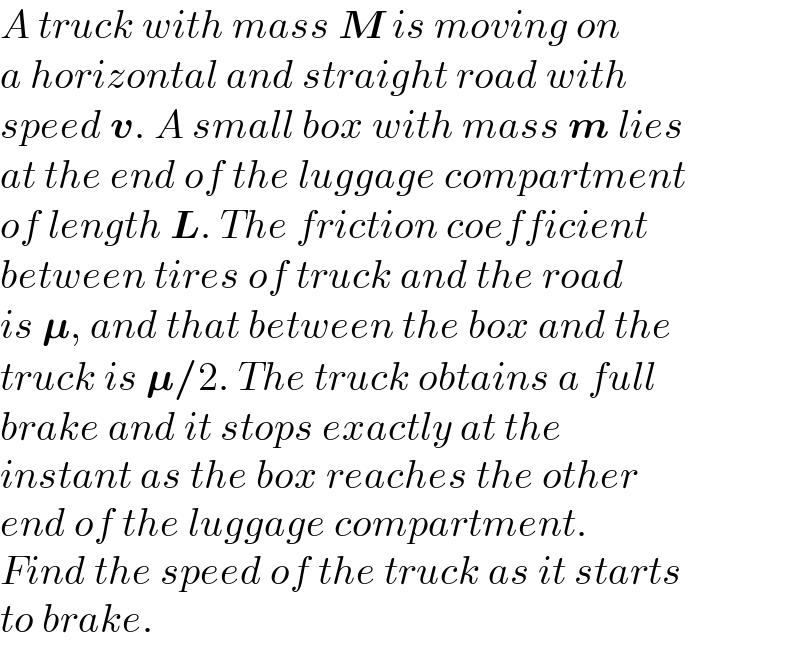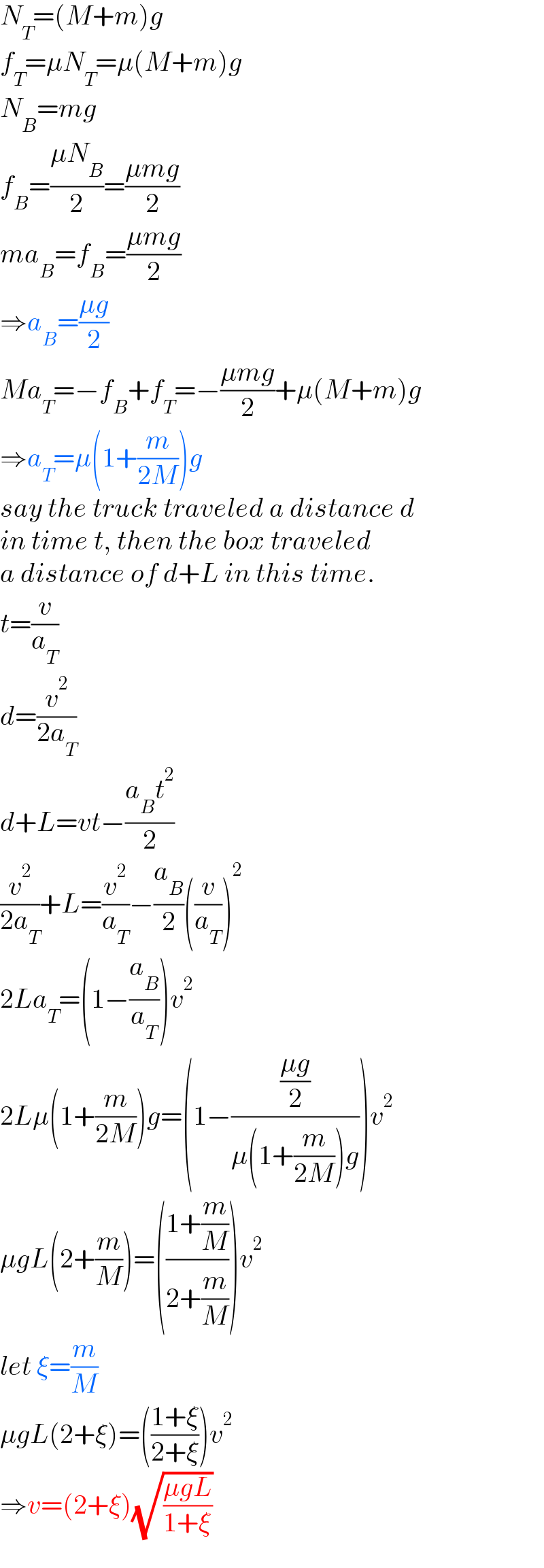
Question and Answers Forum
Question Number 170120 by mr W last updated on 16/May/22

Commented by mr W last updated on 17/May/22

Commented by ajfour last updated on 18/May/22

Answered by mr W last updated on 19/May/22

Commented by ajfour last updated on 17/May/22

Commented by mr W last updated on 17/May/22

Commented by mr W last updated on 18/May/22

Commented by Tawa11 last updated on 08/Oct/22

